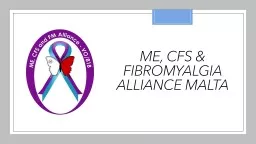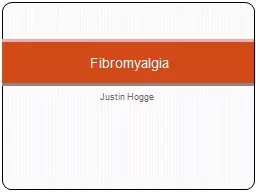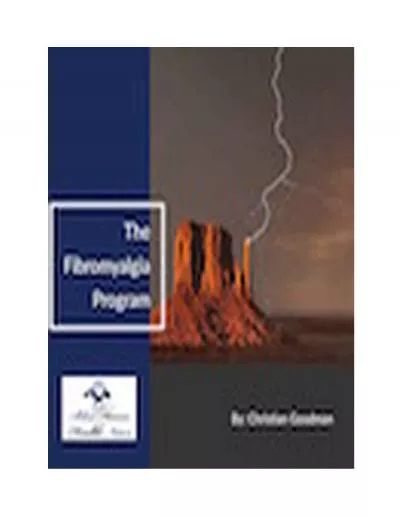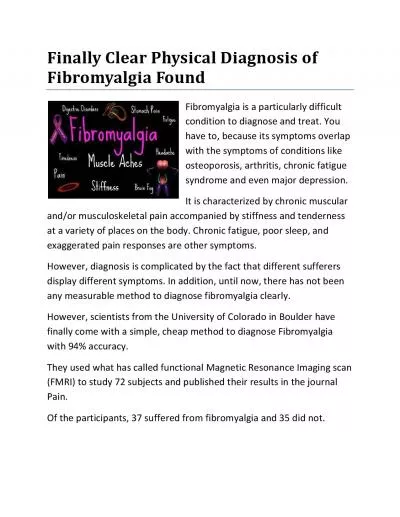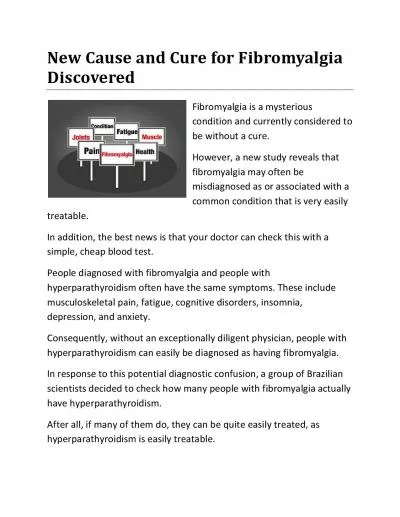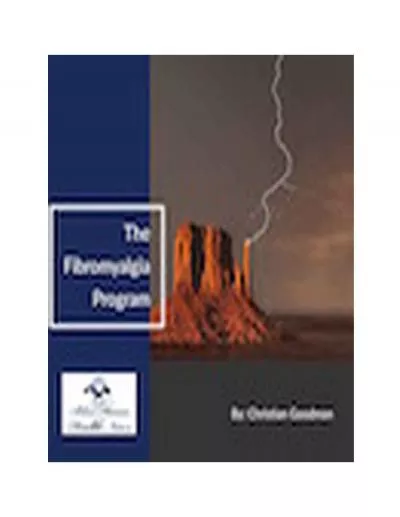PPT-Fibromyalgia Fibra (fiber)
Author : tawny-fly | Published Date : 2018-10-21
myo muscle algos pain Functional Somatic Syndromes syndromes with physical symptoms that are poorly explained Fibromyalgia Chronic Fatigue Syndrome Tempromandibular
Presentation Embed Code
Download Presentation
Download Presentation The PPT/PDF document "Fibromyalgia Fibra (fiber)" is the property of its rightful owner. Permission is granted to download and print the materials on this website for personal, non-commercial use only, and to display it on your personal computer provided you do not modify the materials and that you retain all copyright notices contained in the materials. By downloading content from our website, you accept the terms of this agreement.
Fibromyalgia Fibra (fiber): Transcript
Download Rules Of Document
"Fibromyalgia Fibra (fiber)"The content belongs to its owner. You may download and print it for personal use, without modification, and keep all copyright notices. By downloading, you agree to these terms.
Related Documents

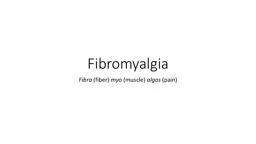
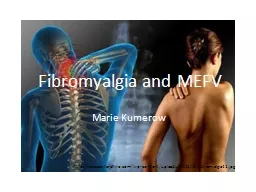
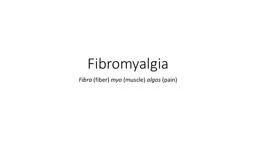

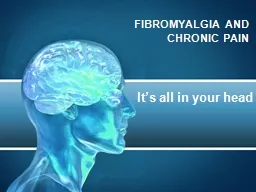

![[EBOOK] Box Set: Fibromyalgia and Fibromyalgia Diet: The Ultimate Guides to Managing Your](https://thumbs.docslides.com/882072/ebook-box-set-fibromyalgia-and-fibromyalgia-diet-the-ultimate-guides-to-managing-your-pain-and-reducing-your-suffering-white-l.jpg)
